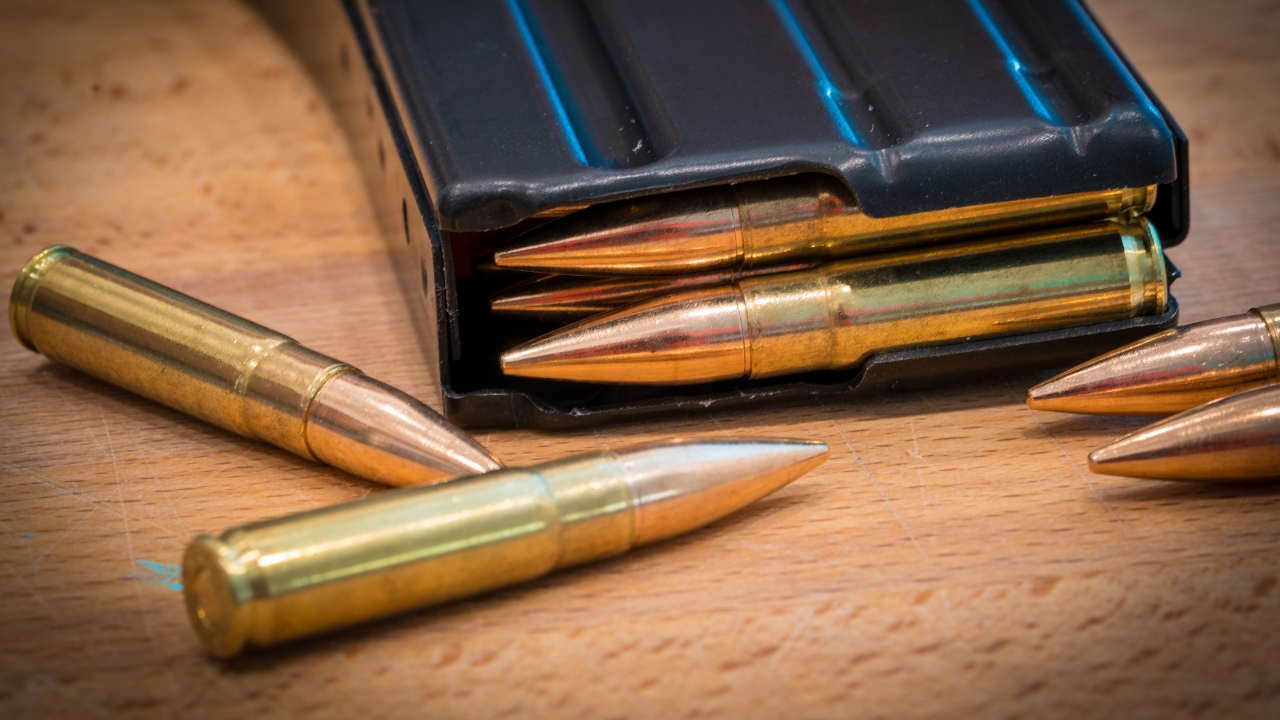Hunting African plains game might not demand a true big-bore like buffalo or elephant do, but that doesn’t mean you can grab any old rifle and expect clean kills. These animals are tougher than most folks realize, and the terrain doesn’t always give you a second shot. Using the wrong caliber can mean wounded game, lost trophies, and a whole lot of regret.
Some of the calibers on this list are popular back home and work great on whitetails or hogs—but Africa is a different ballgame. Here are the ones that just don’t cut it when it comes to plains game.
.223 Remington

This one shouldn’t surprise anybody, but some hunters still bring it hoping for light recoil and pinpoint accuracy. Sure, it’s great for varmints and maybe small deer at close range—but African antelope are built different.
Even the smaller species can run for miles if hit poorly, and the .223 just doesn’t carry enough punch. You’re better off leaving it for the coyotes back home.
.243 Winchester

A lot of hunters swear by the .243 for whitetail, but it’s borderline underpowered for African plains game. You might get away with it on springbok or impala, but anything bigger and you’re pushing your luck.
Wounding an animal out there isn’t just unethical—it can mean long, miserable tracking jobs in the heat. There’s just not enough margin for error with this round.
6.5 Creedmoor

Yeah, I know—this one’s a darling back in the States. But in Africa, it’s not the miracle caliber some folks make it out to be. While it can take game with good shot placement, it lacks authority on tougher animals like kudu or wildebeest.
The problem isn’t accuracy—it’s stopping power. African game doesn’t always flinch like a whitetail. They soak up lead and keep moving.
.270 Winchester

The .270 is a classic, and it’s taken plenty of game over the years. But in Africa, it lands in that awkward middle ground—decent trajectory, okay energy, but not quite enough muscle for larger plains animals.
If you’re stuck with it, fine—just know your limits and keep your shots short. Otherwise, step up to something that hits harder.
.30-30 Winchester

The .30-30 is solid for woods hunting in North America, but it really struggles on the open plains. The round drops fast, hits soft at range, and just doesn’t have the horsepower for bigger animals.
Even at closer distances, it’s not ideal. You’ll be better off with something flatter shooting and more potent, especially in unfamiliar terrain.
7mm-08 Remington

This one’s a sleeper caliber back home—low recoil, good accuracy—but in Africa, it’s barely enough. It might work on smaller antelope, but on anything like a zebra or wildebeest, it just doesn’t inspire confidence.
You could make it work with perfect placement and premium bullets, but why risk it? Go with something that puts animals down fast.
.30 Carbine

Some folks think it’s cool to bring a surplus M1 Carbine for a novelty hunt. But cool doesn’t kill. The .30 Carbine has poor penetration, low velocity, and was never designed for medium or large game.
Even on small antelope, it’s risky. Leave it in the safe and pick something made for hunting, not history books.
300 Blackout

This caliber was designed for suppressed short-barrel rifles, not long-range hunting. While it can push heavy bullets, it loses steam quickly and doesn’t deliver the kind of energy needed for plains game.
It’s a fun round at the range or in the deer woods—just not for African plains. You’re asking for trouble with this one.
*This article was developed with AI-powered tools and has been carefully reviewed by our editors.






